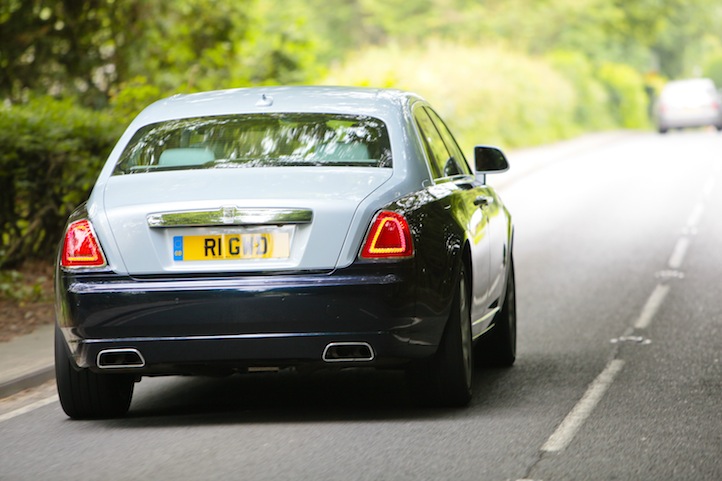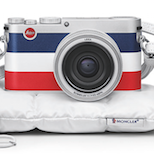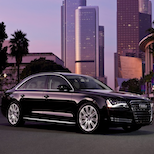Inside Rolls-Royce’s Goodwood HQ
07.24.2012
TECHNOLOGY
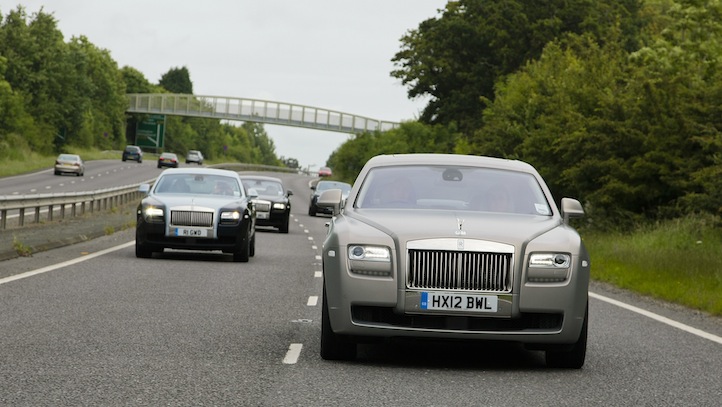
From the backseat of a bespoke royal blue two-tone Rolls-Royce Phantom, the Rolls-Royce Motor Cars headquarters is disguised by tall grass and the rolling hills of the Sussex Downs. My driver pulls up to the front door. The grounds are quiet and the sprawling structure is peaceful. Architect Nicholas Grimshaw intended to make the building a natural extension of the environment. The roof is made of living plants – one of the ways the company has aimed to make the plant environmentally sound. The reception area is airy and even on a cloudy day light spills in through the tall windows. Here a guide greets guests and will give them an extensive personal tour of the facility.
The Rolls-Royce Motor Cars headquarters and assembly plant opened its doors the 2003. The BMW group, which is the parent company of Rolls-Royce, signed an extended 125 year lease on a portion of the Goodwood Estate belonging to the Duke of Richmond and his son Lord Charles March. It’s quite a remarkable place – where detail is everything and each car is scrutinized until it meets the company’s criteria for perfection.
The first product to come market at Goodwood was the stunning Rolls-Royce Phantom in 2003, followed by the Phantom Extended Wheelbase, the Drophead Coupe and the Phantom Coupe. Rolls-Royce expanded its portfolio with another model, the Ghost and the Ghost Extended Wheelbase. This year, the company has produced its latest incarnation of its flagship, the Phantom Series II, which reaches showrooms in the fall. While Rolls-Royce has seen a sharp spike in the Far East, the U.S. market continues to be central to the company. A spacious, new 9,200 square-foot Rolls-Royce showroom recently opened in Jericho, Long Island — the largest dealership in North America. The facility features meeting space for prospective clientele and a plush lounge where customers can browse color, trim and leather samples. The Rolls-Royce Manhattan showroom was also recently remodeled and opened with a great fanfare, including an exhibition of work by artist Daniel V. Anderson.
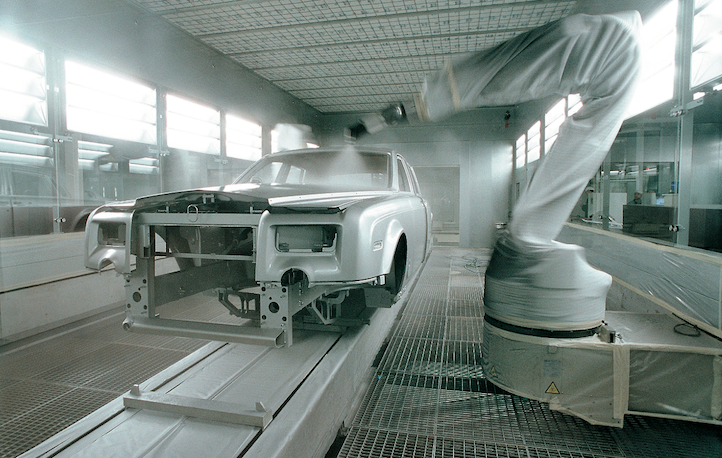
Rolls-Royce has a growing presence in showrooms, and Goodwood is at the core of the company’s business. Every Rolls-Royce automobile is assembled at Goodwood. About 1000 people are employed at the UK headquarters. “Everything is hand done and pushed by hand down the line,” says Richard Carter, Director of Global Communications. “The five senses are used as a guide.” The brand is committed to its prestigious heritage. British engineer Henry Royce and car dealership proprietor Charles Rolls founded Rolls-Royce. The first Rolls-Royce car was produced in 1904. Though the brand has changed hands several times, the automaker continues to uphold tradition, prescribing to Henry Royce’s philosophy, “Go Find the Best.”
One reason the factory is quiet is that the aluminum space frames and powerful V-12 engines are built at the BMW plant in Dingolfing. Once the basic components are in place, the craftsmanship begins at Goodwood. The factory space is immaculate. The floors are glossy white and no streaks of grease are in sight. The environment is serene as workers tinker with tactile pieces. In the paint shop, the cars are hand polished in a four-step process. One bespoke car, reportedly, received 11 coats of paint to achieve a particularly glossy finish. Some customers request a hand painted stripe on the car, which is performed by a single artisan who has a famous, steady hand.
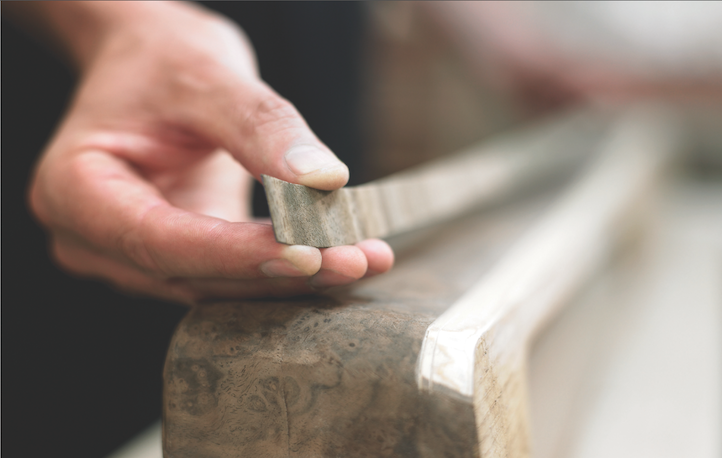
Fine wood grains are selected in the wood shop, stored in a climate controlled room, and cut in a painstaking process to get the smooth polished finish found in the cars’ interiors. The workers concentrate on each piece in a process that is not speedy, but precise. Large hides hang on neat racks in the leather shop. Each leather sample is unique; it has a natural finish and sheen. The hides are stretched across a giant drafting table. The desired shapes are traced on the leather and then a laser cuts the lines of the pattern. Machinery and technology are used in tandem with the human hand. Everywhere in the factory, craftsmen hover over a single object. On the second floor, women and men bend over sewing machines stitching leather seats. When the vehicle is assembled, it’s run through a battery of tests including a monsoon test to ensure that there are no leaks or oversights.
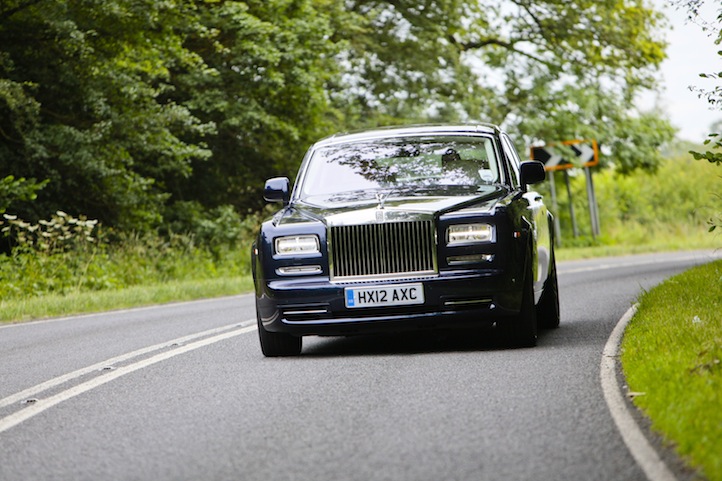
Many Rolls-Royce customers supplement their dealer experience with a visit to the factory, and some return several times in the build process to observe the car being assembled. Some meet with Thomas J. Jefferson who took over the bespoke services in 2008. Jefferson works closely with customers who have ideas about what they want — a nontraditional paint job, custom stitching or a place to store crystal bottles. He says that one customer had a microwave installed so he could supply his guest with warm hand towels.
In the final prep area of the factory, no photos are allowed. The customers’ cars are respected, much as private works of art. “Most customers made their own money,” Carter says. “They are uncompromising. They have jets, helicopters and yachts. It’s not a question of either, or. They have a collection of cars and they wear them like clothes.”
